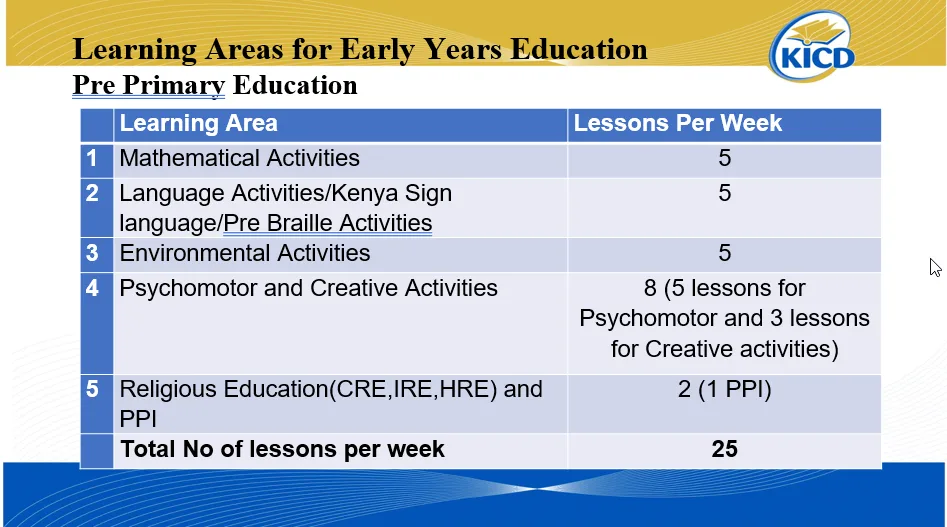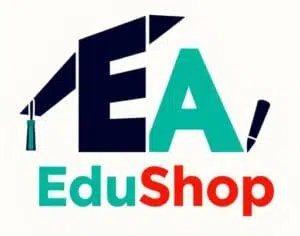LESSON PLAN 25: Complete Computer Setup and Community Education
LESSON PLAN 25: Complete Computer Setup and Community Education Lesson Details Strand: 1.0 Foundatio…

In the realm of early years education, a well-structured curriculum is essential for fostering holistic child development. The following outlines key learning areas for pre-primary education, as indicated in the recent guidelines from the Kenya Institute of Curriculum Development (KICD).

The structured approach to these learning areas ensures that children receive a balanced education that nurtures their cognitive, emotional, and social development. By incorporating a variety of activities, educators can cater to different learning styles and needs, ultimately preparing young learners for future academic success.
This curriculum reflects a commitment to creating an inclusive and comprehensive educational environment that supports the diverse needs of all children in Kenya.
Posted on by Elimu Assistant Team
LESSON PLAN 25: Complete Computer Setup and Community Education Lesson Details Strand: 1.0 Foundatio…
Posted on by Elimu Assistant Team
LESSON PLAN 24: Assembling and Connecting Computer Components Lesson Details Strand: 1.0 Foundation …
Posted on by Elimu Assistant Team
LESSON PLAN 23: Computer Ports and Cables Lesson Details Strand: 1.0 Foundation of Computer StudiesS…
Posted on by Elimu Assistant Team
STRAND 1.0: FOUNDATION OF COMPUTER STUDIES Sub Strand: 1.7 Computer Set Up Specific Learning Outcome…
Posted on by Elimu Assistant Team
LESSON PLAN 22: Using Operating Systems – File and Folder Management Lesson Details Strand: 1.…
Posted on by Elimu Assistant Team
LESSON PLAN 21: Selecting and Installing Operating Systems Lesson Details Strand: 1.0 Foundation of …
Get in Touch!If you need any educational resources, feel free to reach out directly. I'm here to help!Name: Mr. Atika Email: nyamotima@yahoo.com Phone: 📞 0728450425 - Safcom | 0738619279 -AirtelLet’s empower your learning journey together!

Elimu Assistant offers an online store for exams, tutorials, and notes tailored for teachers and students. Enhance your educational experience with easy access to digital materials!